Upselling
What is upselling?

Upselling is a sales technique through which companies increase their profits by enticing customers to buy more expensive or upgraded products instead of the ones they originally chose. In simple terms, upselling means encouraging customers to increase their purchase amount.
Applying this approach to sales also increases customer loyalty, as upselling increases the check and the benefit the customer will receive. That is because as well as being offered a more expensive product, they also get a more functional one. Upselling works best with repeat customers who have already had a positive experience with the company and trust it, so they are willing to pay more.
Upselling techniques
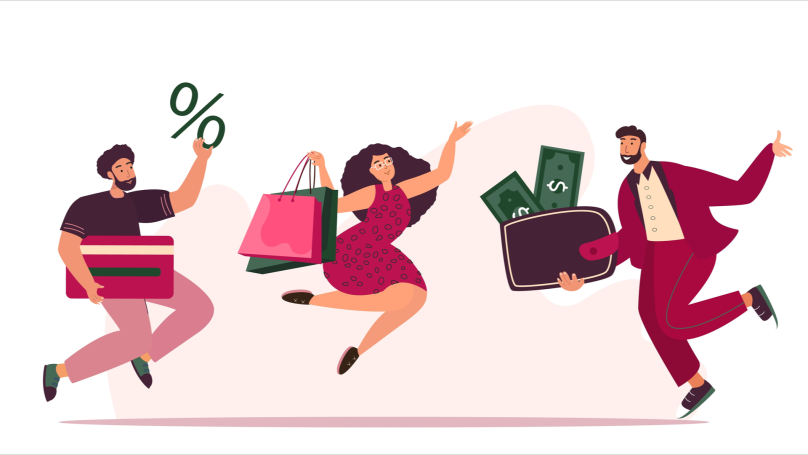
The key point of upselling is to reward the customer for buying higher-priced product versions. Based on this, there are the following main types and techniques of upsell campaigns:
- Premium versions. Offer the customer a premium version of the product. For instance, make a box of exclusive premium quality chocolates available for loyal customers instead of the standard set available to everyone in the storefront.
- An upgrade is an offer to purchase a newer or improved product version, like Apple's popular practice of offering a 256GB phone instead of a 128GB one.
- An extended warranty. When customers purchase, they get offered additional product protection that extends the warranty period or provides additional features such as free repair, parts replacement, etc.
- Personalisation. The customer gets to "customise" their product by changing the design, material or other features, increasing the product's value.
- A subscription discount. A subscription in itself is a form of upselling. Instead of selling a product once and saying goodbye to the customer, you sell them products regularly and turn the customer into a regular member. The discount can vary from 10 to 50% depending on your product type and niche.
- A volume increase. Works for products whose weight can be adjusted. For example, offer the client a 5-kg dog food package rather than a 1-kg one. It is more profitable and convenient in terms of the cost of 1 kg of food.
- The upselling technique "1 + 1 = 3". Unlike the previous option, the number of sold items increases here. For example, if a customer buys two bags of food, they will get the third one as a gift, which is more profitable than buying one bag. However, the use of this up-selling technique requires that you calculate the cost of each pack correctly so that you do not incur a loss.
Upselling strategies
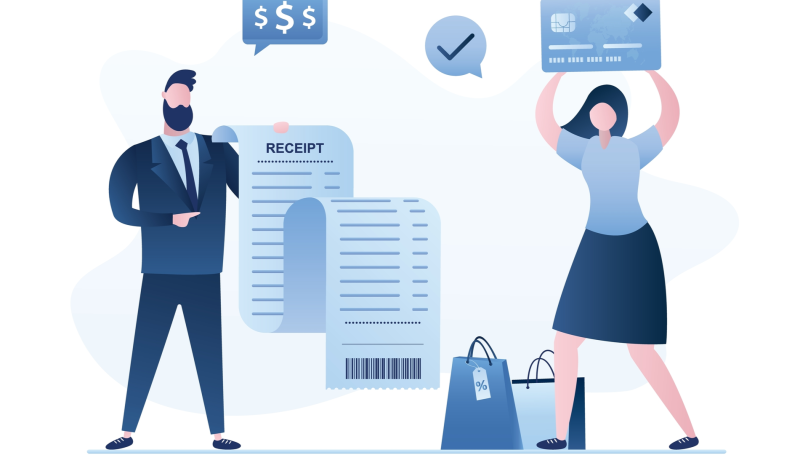
For upselling to increase sales and bring the company additional profit, you must follow these strategies:
- Pre-formulate the offer. Upselling is unsuitable for all product categories and product lines. Therefore, limit the product range in advance and define the terms of the offer. Develop a specific upselling algorithm based on the price and characteristics of particular products.
- High-quality presentation of the offer. Just as a manager presents a product to a client, they should present an offer to buy a more expensive one. It is imperative to explain to the client the benefit that they receive a proportional increase in benefits and quality with an increase in cost.
- A competent pricing policy. The cost of the upselling product should not be higher than 25% of the price of the product chosen by the customer. Otherwise, the customer may postpone the purchase to think about it, causing the sale to be delayed or interrupted.
- Upselling at the right time. Do not offer the upselling at the last minute when the client is already at the cash register or placing an order in their account because they may well think there is a catch, leading them to voice their objections. Instead, it is better to upsell at the stage of presenting the characteristics of the selected product.
- Offer additional incentives. With upselling, you can also offer bonuses and gifts, which the client will receive if they choose more than one offer or prefer a more expensive proposition. For example, free shipping or a product case could be an incentive resulting in increased sales.
Segmented upselling
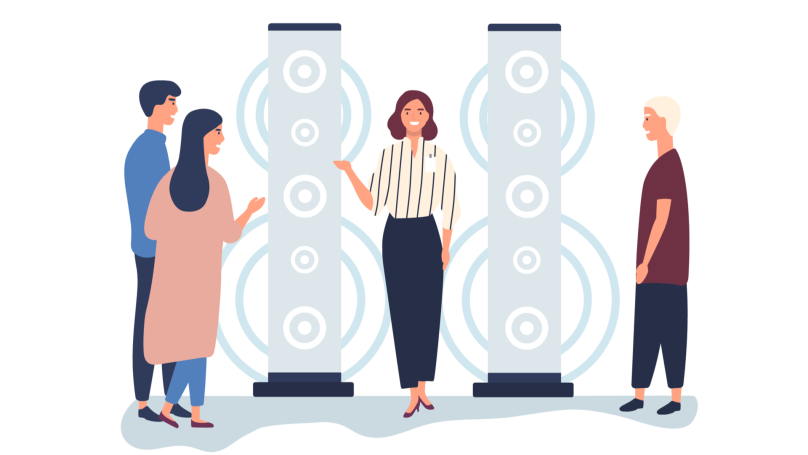
A segmented sales approach increases the likelihood that a customer will opt-in to upselling and increase their brand loyalty. Segmentation divides customers into groups united by common demographics and interests, allowing you to offer them the most suitable and attractive products during upselling. Therefore, segmentation makes it possible to:
- Reach a compromise between the individual approach to customers and what you must sell to increase the company's profits;
- Build a clear picture of your target audience and their needs;
- Avoid selection errors, a popular problem when the manager offers upselling to the client something they don't need or aren't interested in;
- Identify new opportunities for upselling. For example, spotting the customer's need for a feature in time and offering a product with it.
That is an essential thing in marketing. After all, by having a segmented customer base, the sales department can generate more attractive offers, personalise upselling campaigns, and increase effectiveness.
Upselling and cross-selling
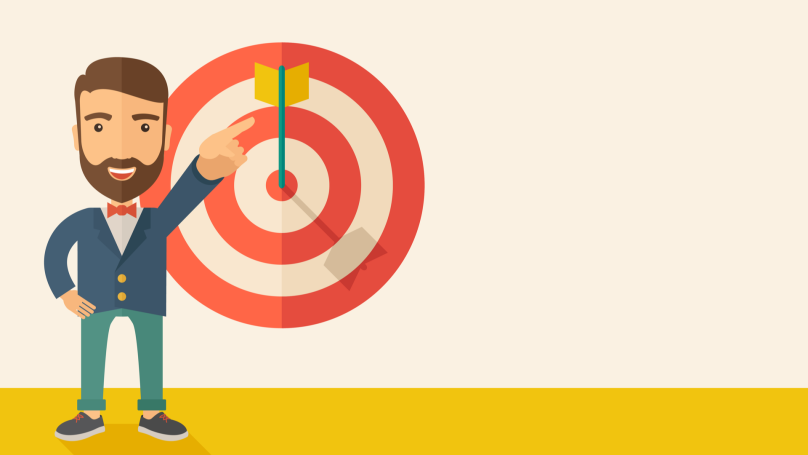
Cross-selling is a way to increase the average bill by offering complementary products that may be helpful to the customer when using the main product. On the other hand, upselling does not offer additional products but rather an increase in the price of one current product. That is the difference between cross-selling and upselling. For example, a case or charger for a new smartphone is offered as a cross-sale, or one might be offered a bag of coffee beans for a coffee machine. However, like upselling, cross-selling also motivates customers to spend more money on purchasing than originally intended. Therefore, you can use the two methods in conjunction with each other. Moreover, you can use downselling. Downselling offers a more budget-friendly alternative to the customer's product or service initially considered. You usually use this technique when customers show a clear inclination toward refusing to make a purchase but then offering additional services or products.
Cross-selling is common in online shops and can have the following wording and headlines:
- "Customers also buy…"
- "You may also need this."
- "Offers specifically tailored for you."
Examples of upselling
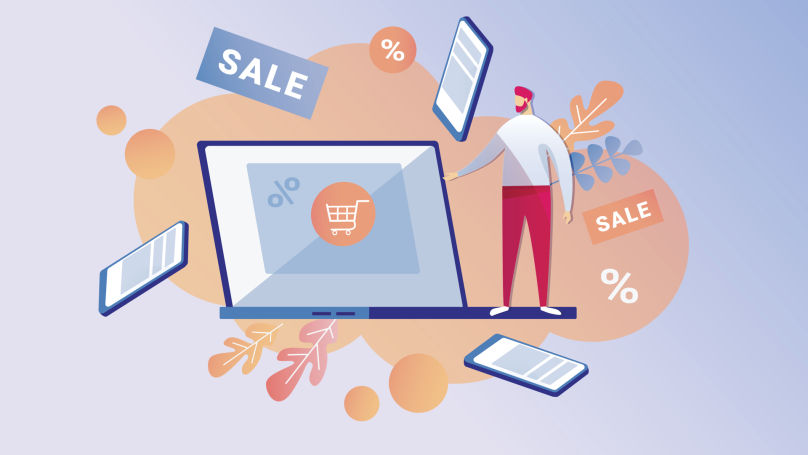
- Tesla
On the Tesla electric car company's website, when you select a car, you can customise some of its features, such as choosing the colour or type of wheels and adding or removing the autopilot feature. These options add to the UX design and form the product's cost because they get offered at extra cost.
- Deliveroo
The UK-based food delivery platform suggests selecting additional ingredients when ordering food that the customer might not have thought to add. For example, you can add more sauce, onions, or other vegetables to the order and exclude products you don't like. Similar upselling occurs in a restaurant or hotel, with the waiter offering the customer a 'nicer' cocktail and the receptionist offering a ritzier room.
- ProFlowers
Upselling works well in the niche of events and gifts, where customers are interested in making a better impression and are more willing to accept up-sales. The floristry brand ProFlowers has taken advantage of this by offering four different sizes at the bouquet selection stage. Moreover, the site automatically presents the second largest and most expensive bouquet, which also increases the chance that the customer will choose it. Simultaneously, ProFlowers cross-sells by giving customers the option of adding a greeting card, toy, etc. to the bouquet at the end, increasing the final cost and value of the upselling.























